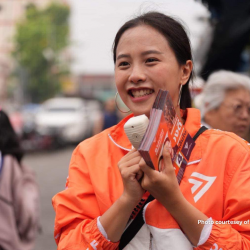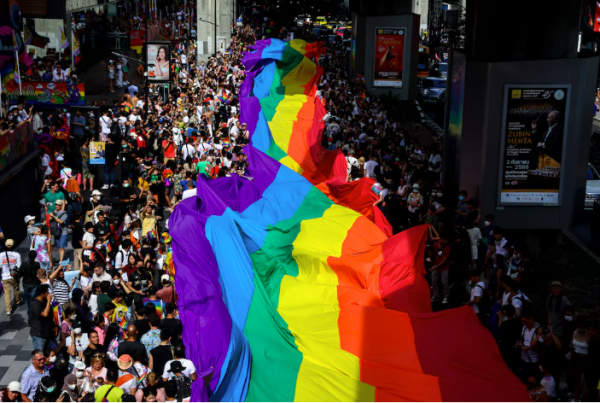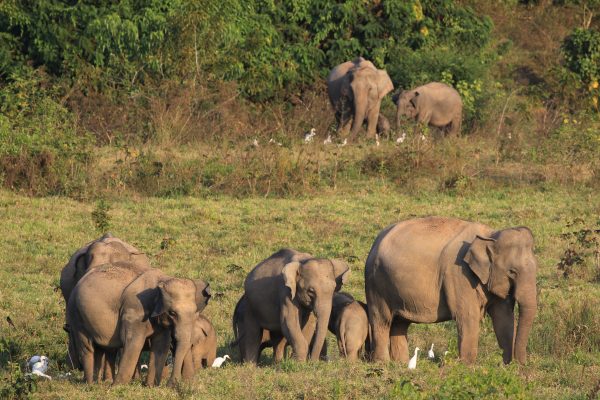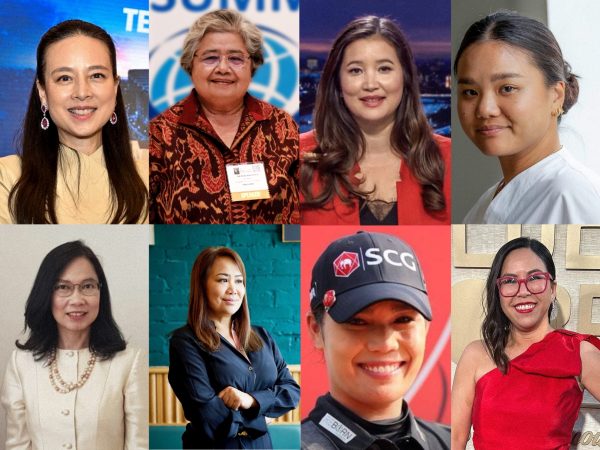Immersed in Banglamphu

Foreign travellers coming to Bangkok will already know that Khao San Road is their go-to destination, but few realise that it’s just one of the many features the larger Banglamphu district has to offer.
Rich in culture and history, Banglamphu was once the “in” place of Bangkok. People came to Banglamphu for the best food, the latest fashion and to shop in a department store. Today, Banglamphu is an old and cultural area rather than a trendy chic place to hang out.
Banglamphu gets its name from the lamphu tree or mangrove apple that once lined the river’s edge near Phra Sumen Fort, which was built during the reign of King Rama I. The word “Bang” means area and is often followed by a character of each area or any abundant plant, fruit or fish the area has to offer, such as Bang Makok and Bang Pla Ma. Today, only the older generation remembers how Banglamphu got its name. The knowledge has vanished just like the trees.
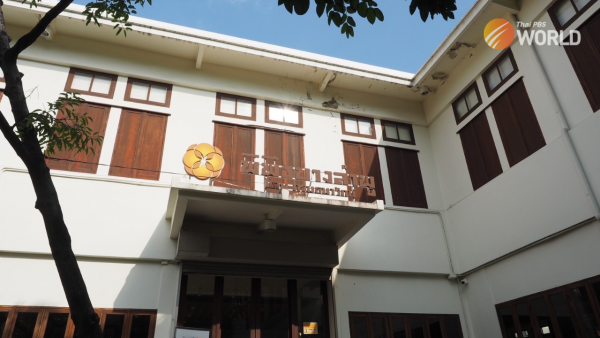
In the past, Banglamphu was a strategic location. History tells us that people knew that they had reached Phra Nakhon (the capital) when they saw a stand of lamphu trees. Over the centuries, the trees declined in number and last old lamphu, aged over 100 years, was killed off by flood damage in 2012. However, the history of this area didn’t disappear with it and today, visitors to the area can still admire a few lamphu trees near the fort, each proudly boasting an identifying sign.
Thai and foreign visitors can learn a great deal about Banglamphu on a visit to the Pipit Banglamphu Museum. In bygone days, the area was a melting pot of native Thais and those from Mon, Laos and Cambodia along with Muslims from the three southern border provinces, and Chinese descendants.
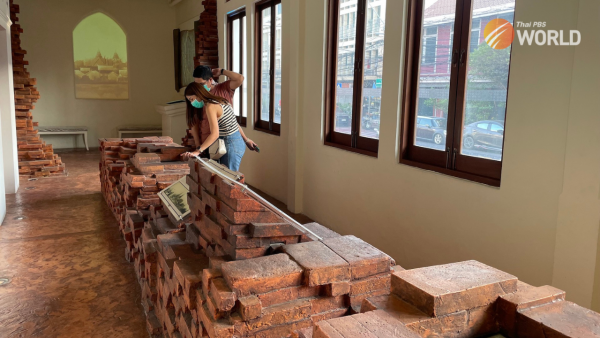
Through multi-media exhibitions, visitors learn about Banglamphu’s specialties in the early Rattanakosin era such as delicious foods, nielloware and gold-leaf making, and artworks carved from banana stalks. Banglamphu was also the birthplace of significant performing arts such as Hom Huan Thai Musical Folk Drama Theatre (Likay Hom Huan) and Thai classical music at Duriyapraneat House in Sangwet Witsayaram Temple community.
It is the art as well as various communities that give Banglamphu its unique character. Each Trok (small alley) boasts different arts or handicrafts, such as the embroidery on Khon costumes in Khian Niwat Alley and Kai Jae Alley, as well as the Sangwet Witsayaram Temple, which showcases nielloware, gold-leaf making and banana-stalk art.

Banglamphu is home to 7 residential communities: the Parnthom community, the Chakrabongse mosque community, the Wat Mai Ammataros community, Bhaworn Rungsri community, Wat Sungwejwisayaram community, Trogkeanniwas-Trogkaijae community, and Sampraya community. Their residents passed down their cultural heritage and refined handicrafts from generation to generation with the result that even today, Banglamphu is home to many highly skilled craftsmen.
And before Siam Square became the hangout for fashionistas, Banglamphu wore the crown. All the latest imports and fashionable items could be found in the area, which also gave birth to Thailand’s very first department store, Ngek Chaun, and later to the capital’s most famous retail strip “Thirteen Store-Street” (Thanon Sib-sam Hang).

These recent historical gems are told through colourful displays that have backdrops ideal for Instagrammers and Tik-Tokers to create their content, among them a model tram complete with working bell. And for those interested in the area’s plant life, the story of “Lamphu Ton Soodtai” (The Last Lamphu tree) is told.
These and much more can be found on the second floor of the two-storey wooden house. Opposite is another two-storey building that also has a great tale to tell. The L-shape cement structure was Thailand’s first printing school commanded by the Treasury Department. After the restoration and renovation of the Khuru Sapha Print Shop building (Sangwet Witsayaram Temple Printing School), the former venue was turned into this modern museum that portrays the Banglamphu community’s traditional lifestyle.

While it’s easy to become totally engrossed in the two museum buildings, there’s a whole world to discover outside. With its alleys and narrow lanes, Banglamphu is perfect for a walking tour. Visitors can enjoy great street foods, graffiti and other traces of history like the old wall!
If your tour ends in the evening, head towards Khaosan Road to people watch while enjoying a cold drink. Or treat yourself to a Thai massage at a bargain price. It’s impossible to get bored on Khaosan Road – whether you are a Thai or foreigner, you’ll find something fun to do.

If you go:
Pipit Banglamphu Museum is on Phra Sumen Road, Chana Songkhram Khet Phra Nakhon Bangkok 10200
Telephone : 02-281 9828 / 02-281 9820
Website : http://banglamphumuseum.treasury.go.th/
It’s open Tuesday to Sunday, 8.30am – 4.30pm
Admission Fee: 30 baht.
The tours begin every hour and take about 60 minutes.
The first round is at 8.30am and the last at 3pm
By Veena Thoopkrajae

